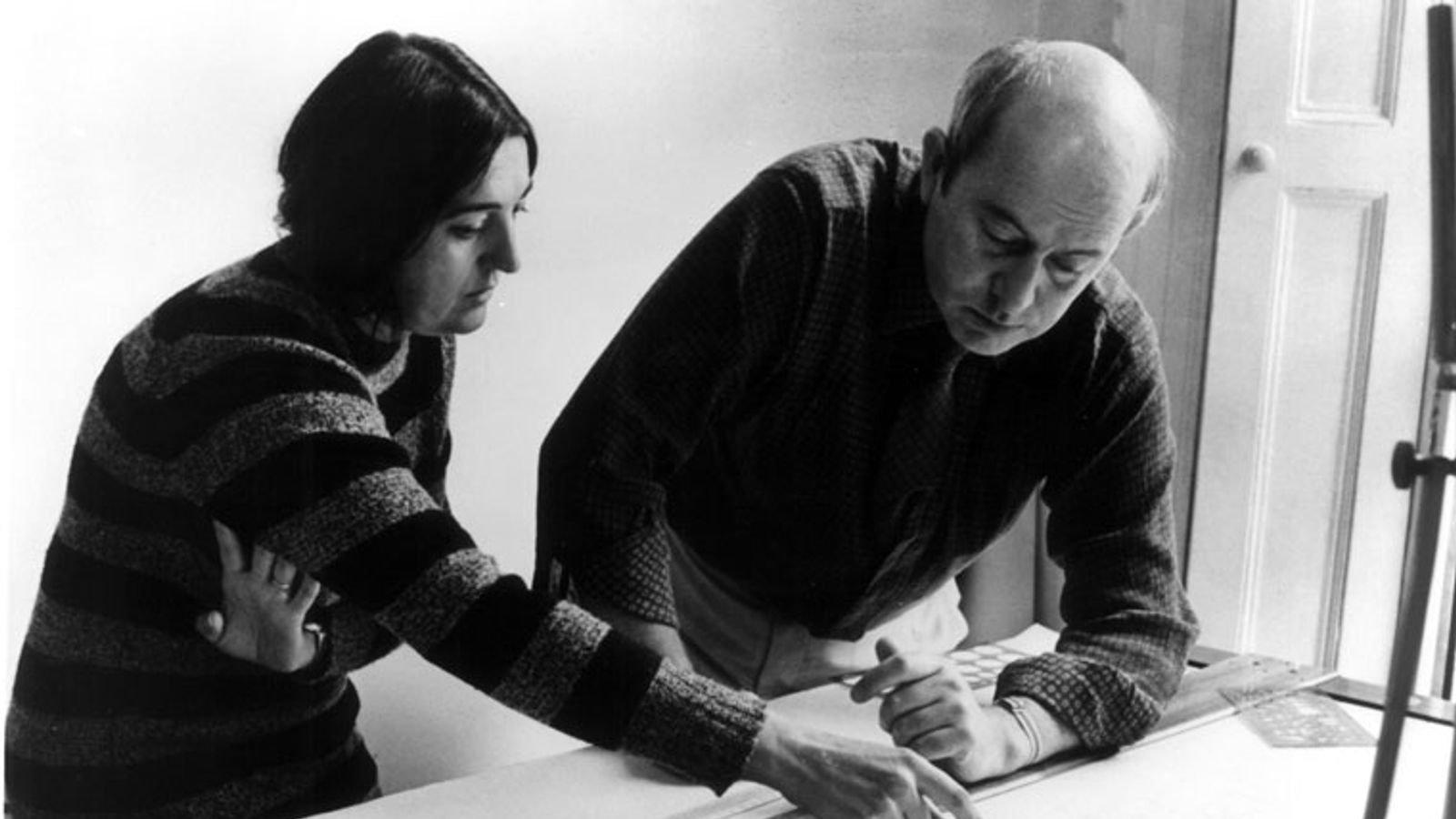Discover the defining elements of Brutalist architecture, a bold and influential style known for its raw concrete structures and minimalist designs.
Brutalist architecture emerged in the mid-20th century as a bold, unpretentious style that focused on raw materials, functional design, and a rejection of decorative elements. Known for its imposing concrete structures and minimalist approach, Brutalism has left a lasting impact on the architectural world. This guide explores the key features of Brutalist architecture, helping you understand and appreciate this influential style.

The Origins of Brutalism
Brutalism, derived from the French word “béton brut,” meaning “raw concrete,” was coined by the British architects Alison and Peter Smithson in the 1950s. The movement gained popularity in the post-World War II era as cities sought to rebuild quickly and affordably, with an emphasis on functionality over form. Brutalism was also seen as a response to the perceived frivolity of earlier architectural styles, embracing honesty in materials and structure.
Key Features of Brutalist Architecture
Brutalist architecture is characterized by its use of raw materials, geometric shapes, and a focus on functionality. Below are the key features that define this architectural style:

Raw, Unfinished Concrete
One of the most distinctive features of Brutalist architecture is the extensive use of raw, unfinished concrete, also known as “béton brut.” This material was chosen for its strength, durability, and cost-effectiveness, allowing architects to create large, imposing structures.
The rough, textured surface of concrete is often left exposed, emphasizing the material’s natural qualities. In many Brutalist buildings, the concrete is poured into wooden molds, leaving behind a textured surface that adds depth and character to the structure.
Geometric Forms and Repetitive Patterns
Brutalist buildings are known for their bold, geometric forms, often composed of repetitive modular elements. These geometric shapes, such as squares, rectangles, and circles, are arranged in a way that creates a sense of order and rhythm within the structure.
The use of repetitive patterns is a hallmark of Brutalist design, with many buildings featuring repeating elements such as windows, balconies, or structural supports. This repetition creates a visual harmony that contrasts with the ruggedness of the concrete material.

Functional Design and Utilitarian Aesthetics
Brutalism is rooted in the belief that form should follow function. The design of Brutalist buildings prioritizes practicality and utility over decorative or ornamental features. This utilitarian approach often results in buildings with a stark, minimalist appearance.
Spaces within Brutalist buildings are designed with functionality in mind, often incorporating large, open interiors that can be adapted for various uses. The exterior design is similarly functional, with exposed structural elements such as beams and supports that clearly communicate the building’s purpose and construction.
Monolithic and Heavy Structures
Brutalist architecture is often associated with large, monolithic structures that convey a sense of permanence and solidity. These buildings are typically heavy and imposing, with a fortress-like quality that emphasizes their strength and durability.
The scale of Brutalist buildings can be overwhelming, with massive walls, thick columns, and overhanging slabs creating a sense of weight and stability. This monumental quality is a key aspect of the style’s aesthetic appeal.
Integration with the Environment
Despite their imposing appearance, Brutalist buildings are often designed to integrate with their surrounding environment. Architects working in this style frequently consider the relationship between the building and its site, using the natural landscape to enhance the structure’s impact.
For example, a Brutalist building may be set into a hillside or surrounded by a concrete plaza that complements its design. The use of natural light, ventilation, and views is also carefully considered, with large windows and open spaces allowing the interior to connect with the exterior environment.
Iconic Examples of Brutalist Architecture
Several buildings exemplify the Brutalist style, showcasing the key features discussed above. Here are a few iconic examples:
Boston City Hall (1968)

Designed by architects Kallmann McKinnell & Knowles, Boston City Hall is a quintessential example of Brutalist architecture. The building features a dramatic use of raw concrete, with bold geometric forms and a modular design that creates a sense of rhythm and order. The structure’s imposing presence reflects the power and authority of the government it houses.
Barbican Estate, London (1965-1976)

The Barbican Estate in London, designed by Chamberlin, Powell, and Bon, is one of the most famous Brutalist housing complexes in the world. The estate includes residential towers, a performing arts center, and landscaped gardens, all designed with a strong emphasis on functionality and community. The use of rough concrete, repetitive patterns, and large, open spaces exemplifies the Brutalist approach.
Habitat 67, Montreal (1967)

Habitat 67, designed by architect Moshe Safdie, is a groundbreaking example of Brutalist architecture applied to residential design. The complex consists of 354 modular units arranged in a geometric, interlocking pattern, creating a unique blend of private and communal spaces. The exposed concrete and repetitive forms are characteristic of the Brutalist style.
The Legacy of Brutalist Architecture
Brutalist architecture has had a lasting impact on the architectural world, influencing subsequent movements and inspiring a new generation of architects. While the style fell out of favor in the late 20th century, it has experienced a resurgence in recent years, with many appreciating its raw honesty, functional design, and bold aesthetic.
Conclusion
Brutalist architecture is a powerful expression of modernist principles, emphasizing raw materials, geometric forms, and functional design. Understanding the key features of Brutalist architecture allows us to appreciate the thought and innovation behind these often misunderstood structures. As we explore the world of Brutalism, we gain a deeper appreciation for its contribution to the architectural landscape and its enduring influence on contemporary design.
